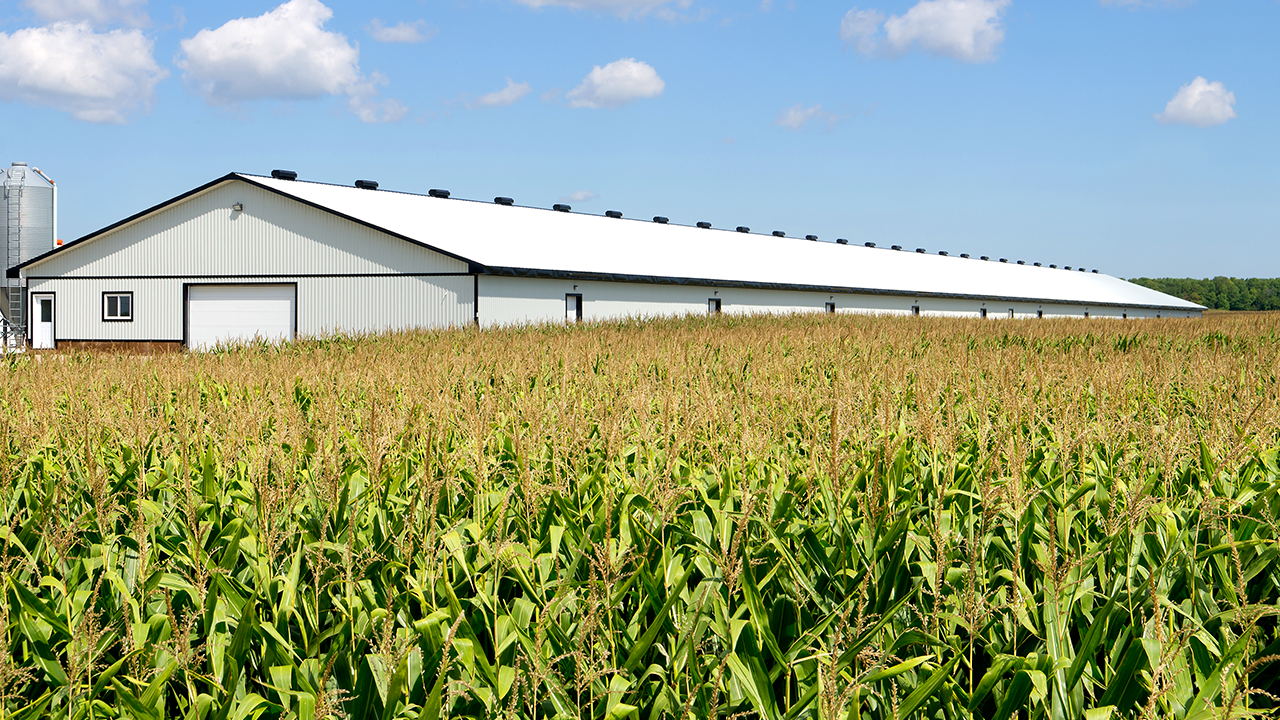
Todd Frank
Todd Frank earned his bachelor’s degree in Environmental Studies from the University of Kansas. Todd has more than 30 years of experience working in EPA regulatory affairs and joined Elanco in 2020.
The U.S. Environmental Protection Agency (EPA) was created on December 2, 1970, by President Richard Nixon during a time when the use of pesticides was being examined as a result of Rachel Carson’s book “Silent Spring,” and there was increased discussion and concern around land and air pollution in America. The EPA was formed with the mission of protecting human health and the environment. Over the past 50 years, the EPA has achieved cleaner air, purer water and better-protected land through the development and enforcement of regulations on auto emissions, recycling, toxic waste cleanup and the use of pesticides.
Insecticides are used in agriculture to control various pests that can transmit diseases, such as darkling beetles. The laws and regulations used to govern pesticide use were designed primarily to regulate the use of pesticides for agricultural crops. These regulations have been adapted over time to accommodate additional uses, including consumer products, termiticides and on-animal products.
How the EPA Helps Bring Pesticides to Market
The EPA is responsible for registering products used in the environment that kill microorganisms on surfaces as pesticides. The organization also plays an important role in evaluating, regulating and approving the use of all pesticide products (including insecticides, herbicides, rodenticides, disinfectants, sanitizers and more) for use in the agricultural market and providing licensed applicators and producers with the tools they need to protect the country’s food supply. As stated in a recent press release, in 2020 the EPA registered more than 17 new active ingredients and nearly 200 new uses of existing pesticides.
Before manufacturers can distribute or sell pesticides in the United States under the Federal Insecticide, Fungicide, and Rodenticide Act (FIFRA), the Office of Chemical Safety and Pollution Preventions (OCSPP) must evaluate the pesticide to ensure that it meets safety standards and does not cause unreasonable adverse effects on the environment. According to the EPA website, this term is defined by FIFRA to mean:
- Any unreasonable risk to man or the environment, taking into account the economic, social and environmental costs and benefits of the use of any pesticide.
- Or a human dietary risk from residues that result from a use of a pesticide in or on any food inconsistent with the standard under section 408 of the Federal Food, Drug, and Cosmetic Act.
Manufacturers must provide the EPA with test data demonstrating that their product can be used without causing harm to human health and the environment. The data is used by the EPA to conduct a risk assessment. There are two main components to the risk assessment:
- Ecological Risk Assessment helps ensure that the pesticide will not pose any unreasonable risks to plants, wildlife, and the environment.
- Human Health Risk Assessment estimates the probability of a person experiencing adverse health effects due to an exposure to chemicals through the consumption of food or water or the air.
Through the risk assessment, the EPA is able to determine the toxicity of both the active ingredient and the end use product that the consumer will purchase. Using the table below, toxicity is measured on a scale of one to four, with a ranking of four being the least toxic. The table is also used to determine what safety statements will be required on the product label.1

The data is also used to determine what level of PPE must be worn when the product is being handled and applied. For example, does an applicator need to wear a respirator for a dust or spray product that has an inhalation hazard?
If the product meets the scientific and regulatory requirements, the EPA grants a registration or license for distribution. Once a product is accepted and registered, the EPA reviews the pesticide at least every 15 years to determine whether it continues to meet the standard for registration. When it comes time for a product to be reviewed, the EPA also focuses on addressing the occurrence of pesticides resistance so that the useful life of pesticides can be preserved. In addition to their guidance document, the EPA also has information in Integrated Pest Management (IPM) that can be used to support pesticides resistance.
Insecticides in Poultry Production
Elanco’s in-house experts work to provide applicators and producers with best-in-class insecticides to help defend poultry operations against insect-borne threats. The Elanco regulatory team stays up to date on all guidance documents from the EPA and remains in close communication with the agency over the entirety of a product’s life cycle.
With Elanco’s wide range of EPA registered products, we can provide applicators and producers with a choice of chemical classes and methods of application necessary to control flies and beetles. Applicators and producers can contact their Elanco Technical Consultant to learn more about the products offered for their poultry operations and discuss ways to develop an Integrated Pest Management program.
Tags
Broiler Conventional
Broiler NAE
Insecticides
Layers
Turkey
Pest Control
1 Kramer J, Label Review Manual, USDA NRCS. Available from: https://www.epa.gov/sites/default/files/2015-03/documents/chap-07-jul-2014.pdf.

